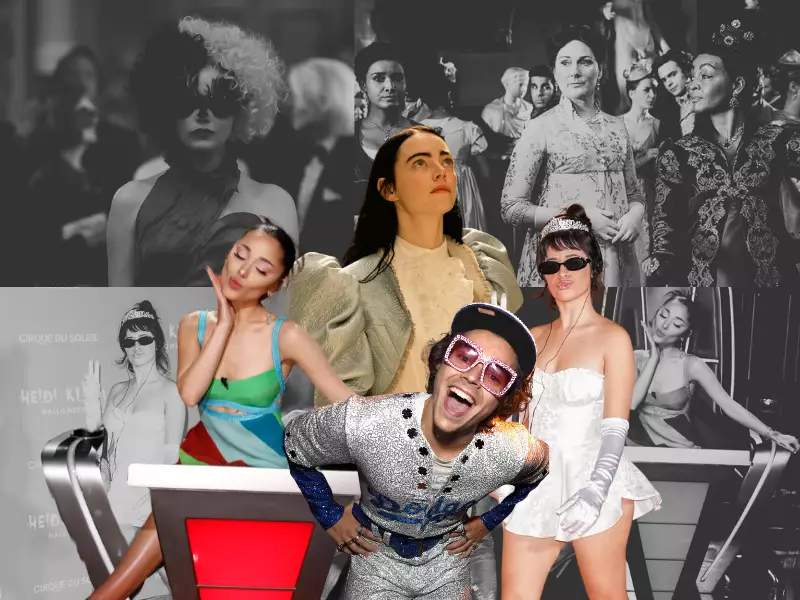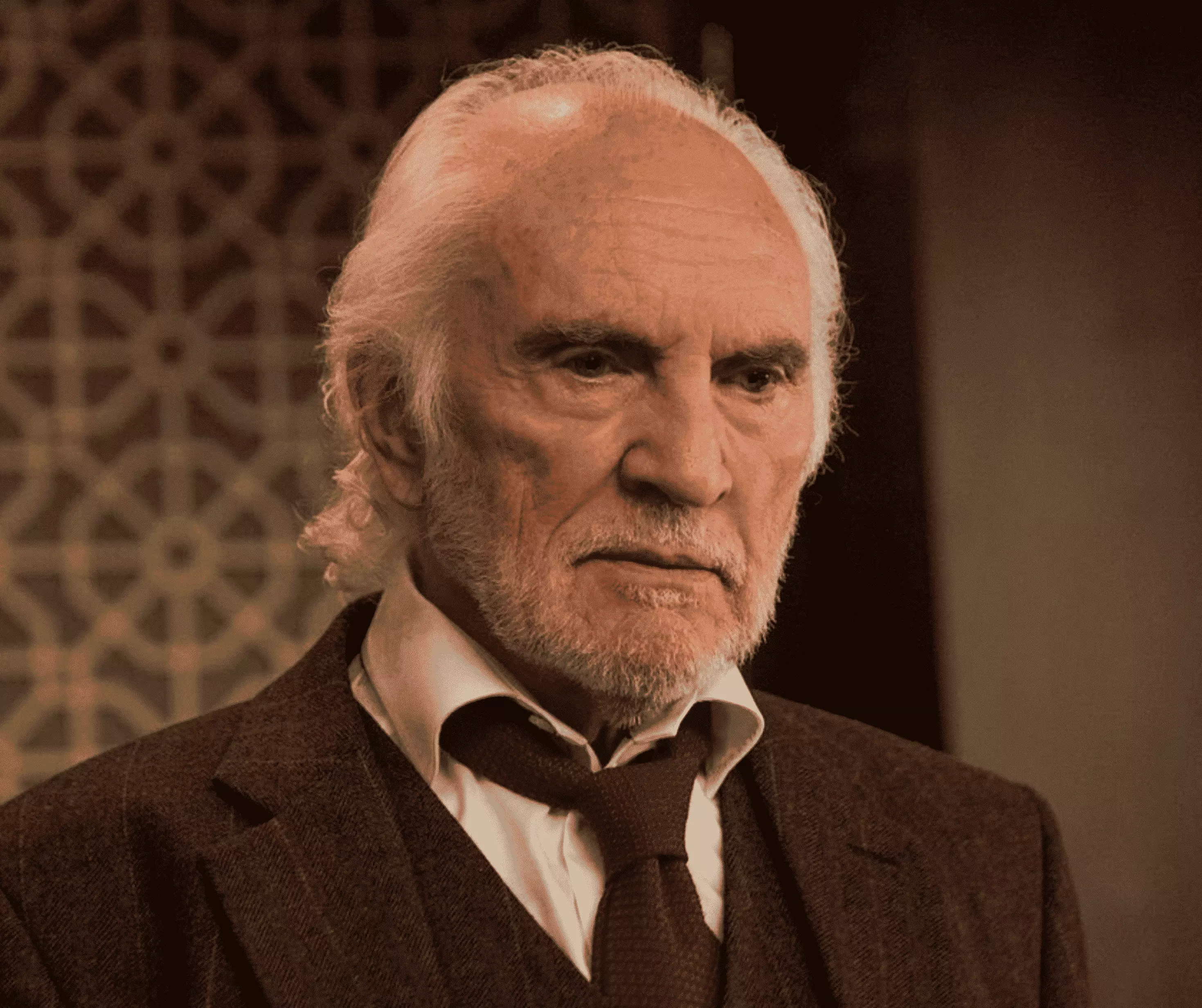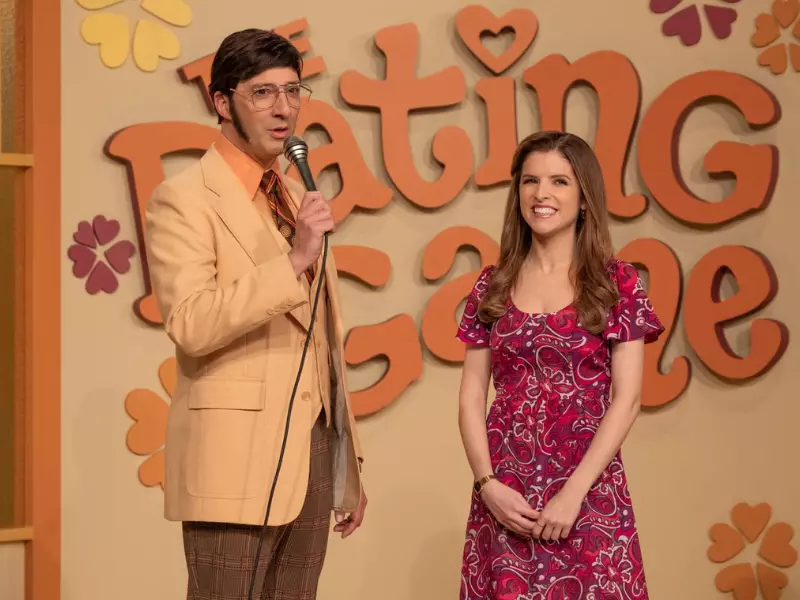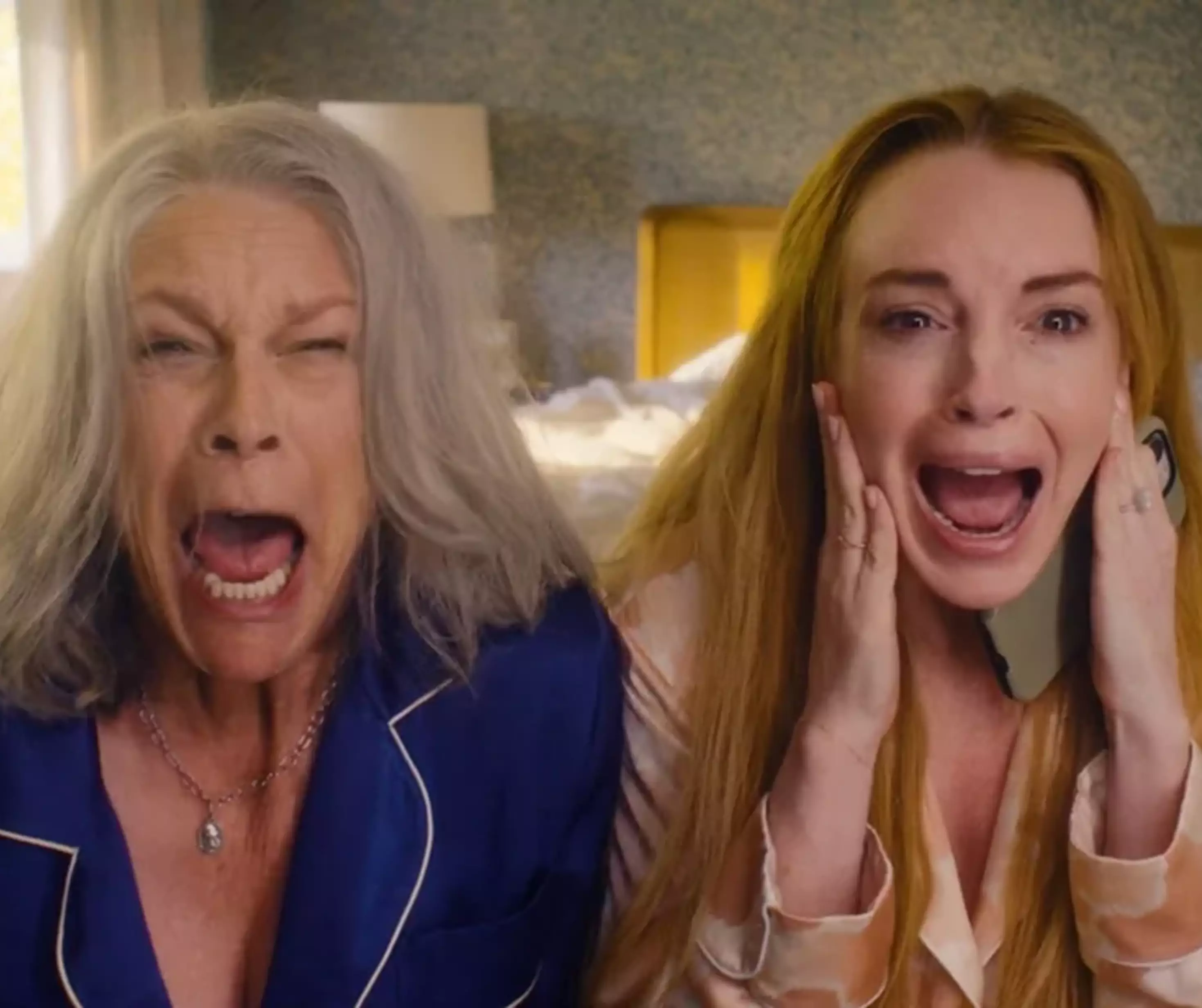In the entertainment world, costume designers and visual artists do not just contribute to aesthetics, they help create the characters and worlds that make products unforgettable.
Yet, their compensation structures often do not fully reflect the value they add. Through costume design royalties and art licensing royalties, costume designers and artists find opportunities for sustainable income and greater recognition, though the path is complex and competitive.
Here is a closer look at how royalties function for these creatives, the obstacles they encounter, and the evolving landscape that champions fair pay and long-term earning potential.
Costume Design Royalties: Revenue That Grows Over Time
Costume designers in Hollywood and beyond often secure impressive salaries, with potential earnings reaching six figures. Experienced costume designers can earn high upfront fees based on the project scope and contractual agreements, with additional royalty potential if the designs are reused.Iconic costumes in franchises like Cruella and Bridgerton have sparked interest in licensing and costume design royalties, as recognisable outfits bring value far beyond the screen, often inspiring fashion lines or merchandise.
However, costume designers face considerable challenges in securing these royalties. In many cases, designers only receive a one-time fee for their work, despite their contributions living on in returns, merchandise, and brand partnerships.
Organisations like the Costume Designers Guild are advocating for fairer royalty agreements, ensuring that costume designers can share the profits their designs generate long after the initial project wraps.
Licensing for Creative Works: Protecting Intellectual Property
Costume designers and visual artists often rely on licensing for creative works to secure income from ongoing uses of their creations.Licensing allows designers to maintain control over their work while earning art licensing royalties when costumes, props, or character designs are reproduced for merchandise or promotional use.
In essence, clear licensing terms and contracts are essential for artists to guarantee ongoing payments as their work expands into various media and merchandise. For instance, a costume designer who creates a signature look that becomes a Halloween costume could secure licensing royalties if they negotiate appropriate terms.
In cases where costumes or designs are commercialised, royalties give artists a way to participate in revenue generated from their creativity.
Licensing also serves as a layer of copyright protection, reducing the risk of unauthorised reproductions that bypass designer compensation.
Industry Challenges and the Need for Equal Pay
The journey to fair compensation is complex. Entertainment industry earnings vary widely, with some high-profile projects providing substantial compensation and others offering limited financial security for designers and artists.This inconsistency has led costume designers, through organisations like the Costume Designers Guild and the Australian Production Design Guild (APDG), to push for standardised pay structures and better royalty agreements. They emphasise the importance of equal pay for designers, particularly as they work in a sector where creative contributions are often undervalued in contract negotiations.
Working conditions and income disparities are particularly challenging in theatre, where budgets are generally lower than in film or television.
Dr Francesca Peschier, a dramaturg, lecturer, writer and ex-designer based in the New Works department at the Liverpool Everyman and Playhouse, highlighted the unpredictable pay in theatre. She emphasised the need for clear compensation guidelines that account for the extended lifespan of designs and assets.
This variability makes art royalties and contracts essential for those seeking financial stability in an unpredictable field.
Practical Tips for Designers and Artists Navigating Royalties
For costume designers and visual artists, navigating art royalties and contracts involves strategic planning and a strong understanding of intellectual property.Here are practical steps for creatives to maximise their earnings:
Secure Licensing Terms
Always include licensing language in contracts to protect your work and earn royalties for future uses, especially with high merchandising potential.Understand the Market for Art Licensing Royalties
Learn industry standards for licensing fees and royalties to ensure you are compensated fairly. Knowing when and where royalties apply helps designers plan long-term income.Push for Equal Pay
Joining industry organisations and guilds can help designers gain access to fair pay and royalty negotiations. The Costume Designers Guild has been a powerful advocate, urging studios and theatres to treat costume design as a recurring asset rather than a one-time service.Retain Copyrights
By managing copyrights for their designs, artists and designers protect their work from unauthorised reproduction, guaranteeing them control over their creations are used.Consider Art Licensing for Popular Culture Crossovers
Designs that make a splash in pop culture can be ideal for merchandising deals. Designers should be prepared to negotiate for royalties if their work reaches broader markets through products like T-shirts, posters, or Halloween costumes.Supporting Creatives Through Creative Splits
Navigating multiple royalty streams, from initial payments to art licensing royalties, can be daunting, but not with Creative Splits.By automating royalty tracking and reporting, Creative Splits can help costume designers and artists streamline their earnings and ensure they get paid promptly and accurately.
Through clear data and organised payment processing, Creative Splits empowers creatives to focus on their art while confidently managing their royalty income.
Building a Future of Fair Compensation for Creatives
Costume designers and artists contribute more than just visual elements to a project, they create memorable characters and atmospheres that shape an entire audience’s experience.As the industry moves toward more inclusive pay structures, creatives stand to benefit from fairer royalty agreements and equal pay for designers that reflect their work’s lasting value.
With a solid understanding of costume design royalties, art royalties and contracts, and the power of licensing, designers and artists can not only secure income for their creations but also enjoy the ongoing financial benefits of their work’s success.






